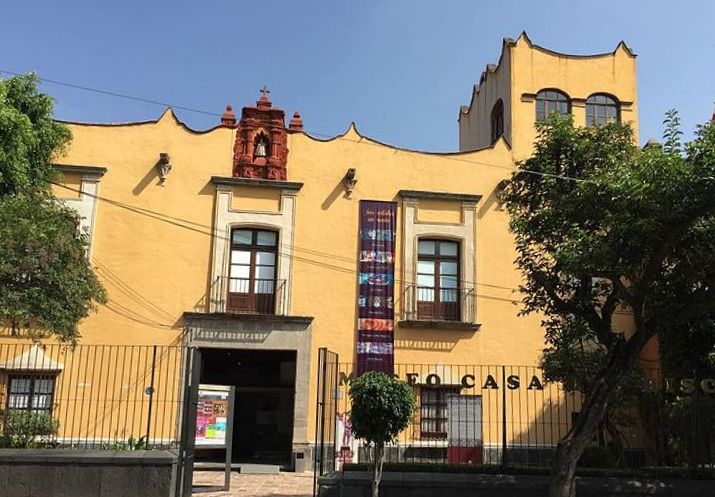
Easily one of the city’s most vibrant and active cultural centers, La Casa del Risco has a history as deep and interesting as any in its absolutely charming and multi-layered neighborhood. It begins in the 16th century when Dominican friars founded the Church of San Jacinto in the same plaza.
The Carmelite brothers who arrived somewhat later did not have permission to convert the people of the area, so they made a garden on the banks of the Magdalena River, and legend has it that a great rivalry arose between Dominicans and Carmelites. . When the Carmelites began to build their own convent in San Angelo, near the Desierto de los Leones, the Dominicans tore down their fences every night.
Eventually, the Dominicans left and the Carmelites took over their land and buildings. From the 18th century on, the area was called San Angel and the College was dedicated to Santo Angelo.
The Casa del Risco was inhabited from the beginning by a certain Captain Don Manuel de León. Head of the Royal Mint of New Spain, in 1750 he bought the building and restored it. Prior to this, it is assumed that the building was in the hands of the Dominicans, and probably the Carmelites. Property titles essentially begin after 1774. Very little is known before that year.
By the 19th century the building had been converted into apartments despite its long list of noteable occupants. Put up for sale in its entirety in 1931, it was now to be considered a historical colonial monument and thus protected by the federal government. By 1933, Don Isidro Fabela acquired the famous Casa del Risco, and he took up the task of restoring the property.
In 1958, Fabela and his wife donated property along with furniture, paintings, sculptures, applied arts, and a massive library and archives. It was the first museum donated by a single person.
Today it represents an outstanding collection of works of art and a formidable archive. Seven permanent galleries represent primarily Baroque works of art, along with an impressive collection of European portraits and landscapes. With a cultural center as active as this, there is always something new to see, from materials related to ongoing workshops and lectures, to exciting artifacts resulting from interaction with the community at large.
 contacto@isidrofabela.org.mx
contacto@isidrofabela.org.mx
 +52 (55) 5616 2711
+52 (55) 5616 2711
 https://www.museocasadelrisco.org.mx/index.php
https://www.museocasadelrisco.org.mx/index.php
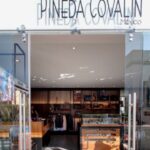
Nearest at 0.06 kms.
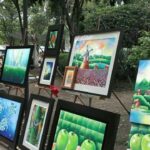
Nearest at 0.07 kms.
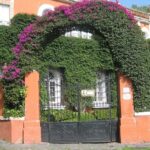
Nearest at 0.10 kms.
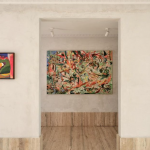
A newly created space for an outstanding collection of postwar abstract works by women artists . . .
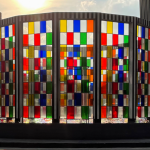
An impressive contemporary art museum in an inspiring context . . .
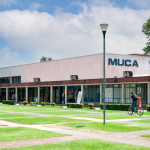
One of the UNAM's best loved and most central art museums . . .

The National Art Museum in Mexico City's Centro Histórico is always going to be a holiday highlight.
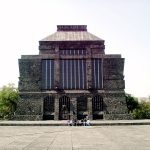
Initially intended as but one part of a City of the Arts, today's Anahuacalli Museum is a far more contemporary space than you might imagine.